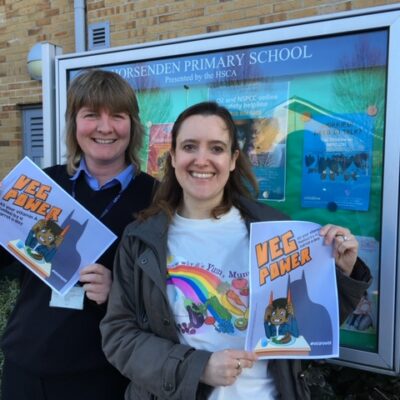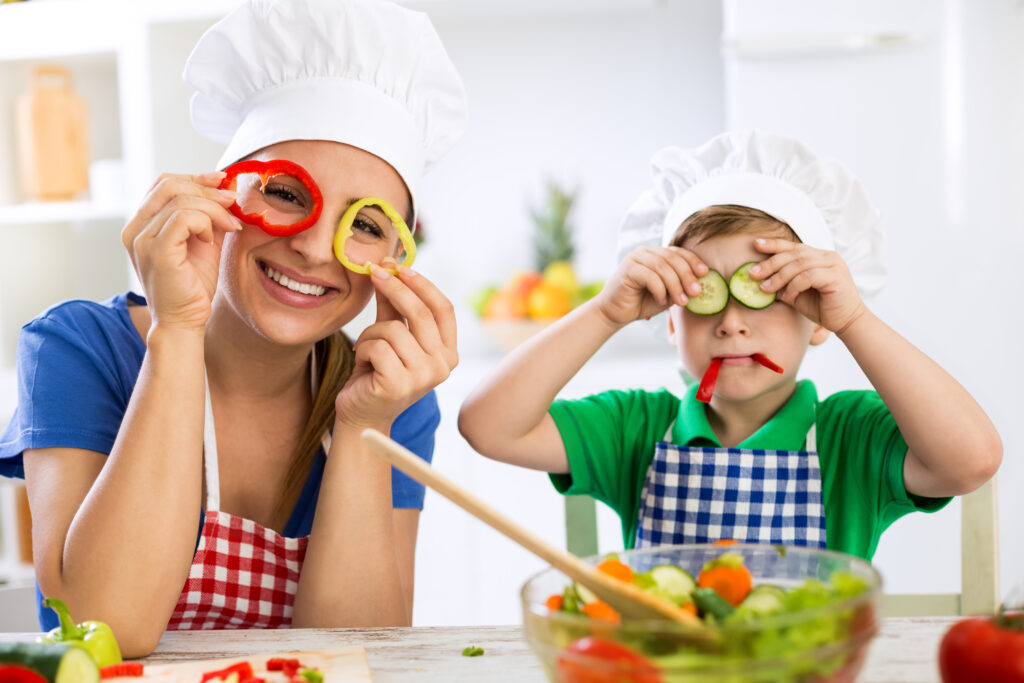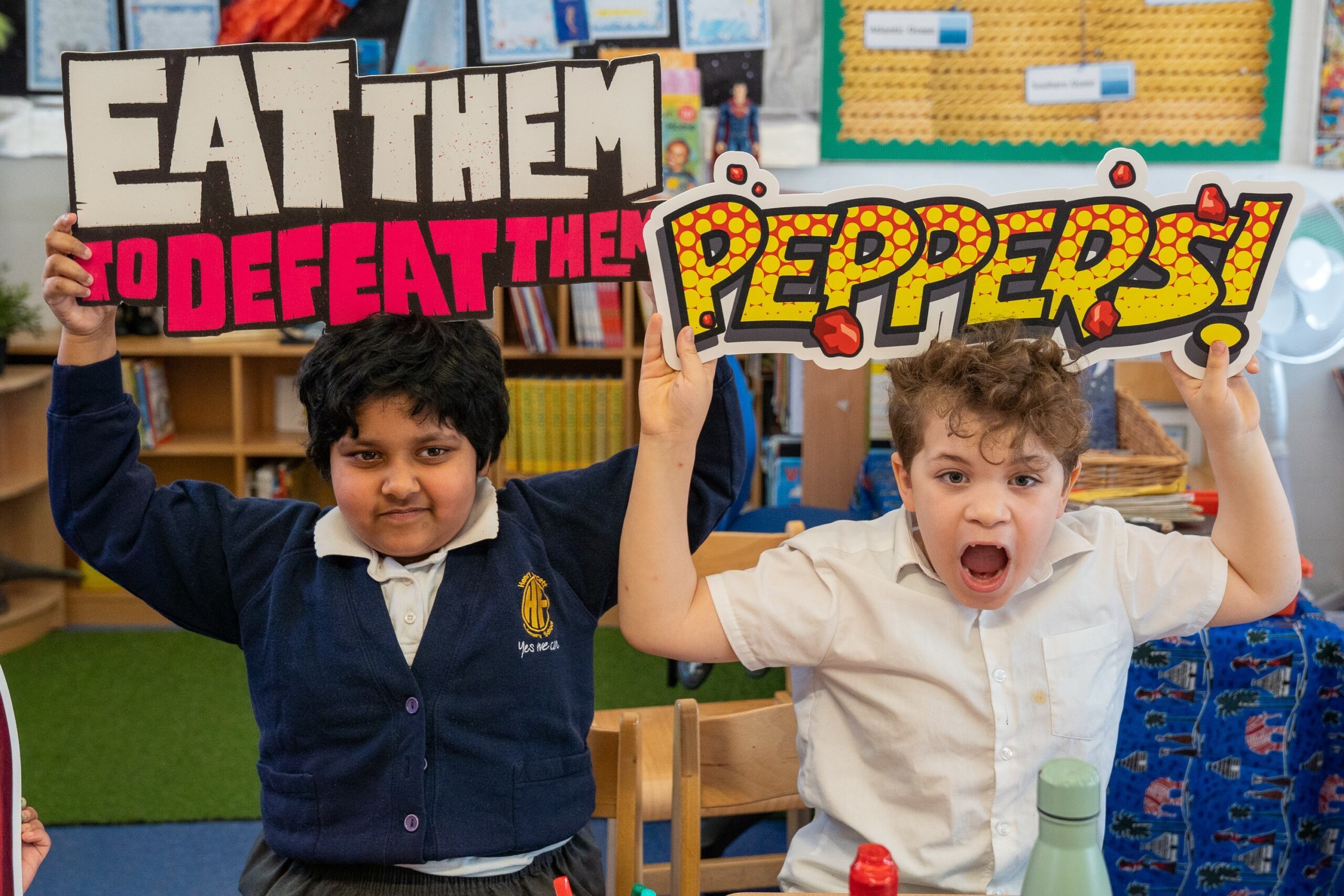
Making Veg Fun!
We asked Natasha Gavin from I Know Why It’s Yum, Mum! for her tops tips on making veg fun

Natasha Gavin

We asked Natasha Gavin from I Know Why It’s Yum, Mum! for her tops tips on making veg fun

Natasha Gavin
Great teachers make learning fun. We all know that from our days at school.
And you want your child to grow into a healthy (vegetable eating and appreciating) adult. But does it seem hard to get them to eat up any, let alone ALL, of their greens? As a mum of two boys, and someone who has worked with thousands of children who are not exactly big veg lovers, my advice is to tap into your inner child, to make a genuine connection with your own child, and just play with veg. It might sound a bit mad, but I believe this will be your turning point. Here are the reasons why playing veg related games (and learning about the importance of eating veg in a fun way), achieves incredible physical and mental health benefits:

Here are a few games to try – tailor them to your child. Some children love arts and craft (you could paint with veg), others like challenges (memory games!), some need to move and enjoy a sense of adventure (fast paced treasure hunts?)
The only rule is keep it FUN! If it isn’t working, don’t get disheartened. Just try something different on another day. I have not yet met a child who doesn’t love to play – even with veg!
Painting and printing with veg is great fun. Halve your items. Broccoli florets, potatoes, celery hearts! You can make beautiful roses with celery hearts- perfect for Mother’s day, and for discovering the more ‘unusual’ essential oil in celery – which actually has a calming effect on the nervous system, and is anti depressant. Just cut them off at about 5 cm from the base, dip in red paint et voila! Be sure to enjoy and inhale the smell with your children, before you paint.
Children love treasure hunts. I run them at events, and feel like the pied piper, as I weave a group of 30 kids through the stands and crowds, all hunting for a colourful rainbow sticker which is a clue that something wonderful is hidden there! Like a tin of tomatoes (good for your skin) or a bottle of sunflower oil (good for your brain). Rather than a chocolate egg treasure hunt at Easter, how about trying a veg hunt? Kale crisps, almond butter, popcorn..not all has to be edible (tins, plastic fruit and veg, bottles), but it is fun if something is!
These work really well with active children. The floor is the sea, so they have to clamber over/ under/ through things to avoid falling into it, pick up veg as they go along, and accomplish challenges along the way- like picking up a pumpkin seed with their tongue or balancing a sprout leaf on their nose.
This is a top technique for a child who won’t eat an item. Get them to make a real 3D picture of it? Cabbages are great, pumpkins with real pumpkin seeds stuck on the picture, carrots with real tops stuck on top of the picture of a carrot.
I use food to create landscapes. Animal shaped pasta, breadstick enclosures, purple cabbage pond, broccoli and leek trees, rosemary bushes, pea boulders, sweetcorn sand… This stimulates their imagination, and de-sensitises them, and you never know, they might just sneak a bite!
You can buy great face plates, but why not use a tortilla wrap to make your own? Cream cheese spread thinly will help everything stick. Then get the children to make a funny face using cucumber eyes, kale hair, pepper smiles… and after a few photos, they can roll them up, and eat them.

Supporters Newsletter
Be the first to find out about new downloads, campaigns and news from Veg Power with our monthly email newsletter
Follow Veg Power